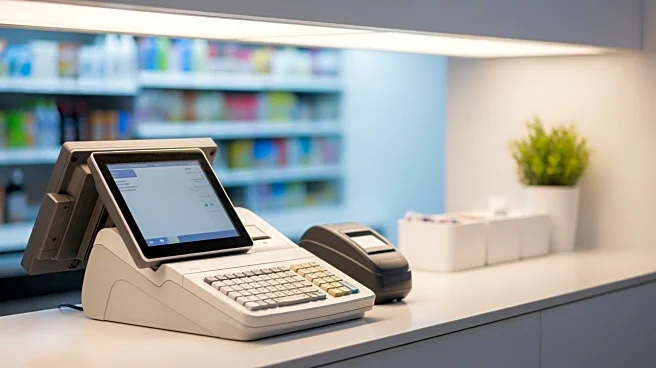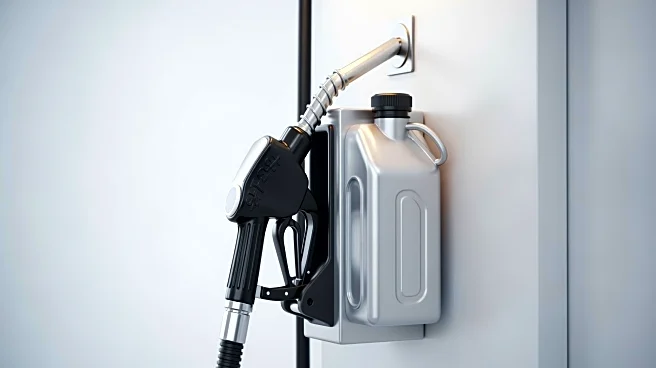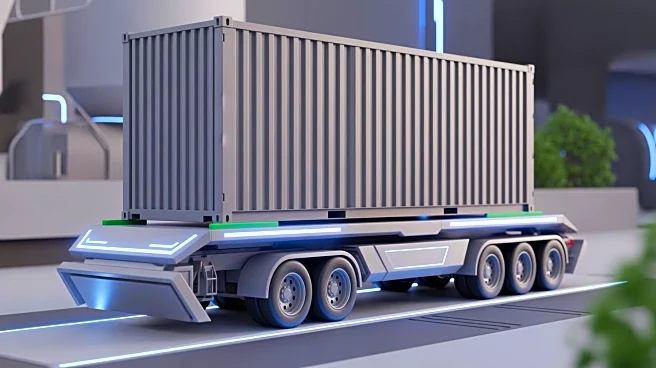What's Happening?
Convenience stores in the U.S. are facing significant challenges due to rising energy costs, shifting consumer behaviors, and new regulatory pressures. These factors are testing store operators, who are already
burdened with high fixed costs similar to larger retailers, including leases, logistics, and equipment. Traditionally, equipment ownership has been seen as a safe investment, but this perspective is changing. The high costs associated with energy bills, particularly from refrigeration systems, and the need for upgrades are straining margins. Equipment-as-a-Service (EaaS) is emerging as a viable solution, allowing retailers to pay a monthly fee for equipment use, which includes servicing, maintenance, and upgrades, thus reducing operational headaches and freeing up capital.
Why It's Important?
The shift towards Equipment-as-a-Service is significant for the retail industry, particularly for convenience stores that need to remain agile in a volatile market. By adopting EaaS, retailers can manage costs more effectively, protect cash flow, and invest capital in other areas of the business. This model also facilitates the adoption of energy-efficient systems, which can lead to cost savings that offset rental fees. Additionally, EaaS helps retailers comply with environmental regulations, such as those related to F-gas, by enabling the use of natural refrigerants. This shift not only supports sustainability goals but also enhances resilience and readiness in a rapidly changing retail landscape.
What's Next?
As the demand for EaaS accelerates, convenience retailers are likely to increasingly adopt this model to remain competitive. The transition will involve a cultural shift from ownership to service-based solutions, which other industries have already embraced. Retailers will need to evaluate their current equipment strategies and consider the long-term benefits of EaaS, including reduced capital expenditure and improved operational efficiency. This change is urgent, as shorter leases, higher energy bills, and regulatory pressures continue to mount, necessitating a more flexible and responsive approach to equipment management.
Beyond the Headlines
The move towards Equipment-as-a-Service reflects a broader trend in the retail industry towards flexibility and sustainability. By reducing the financial burden of equipment ownership, retailers can focus on customer service and growth. This shift also aligns with environmental goals, as it encourages the use of more sustainable technologies. The adoption of EaaS could lead to a more resilient retail sector, capable of adapting to economic fluctuations and regulatory changes, ultimately benefiting both retailers and consumers.











